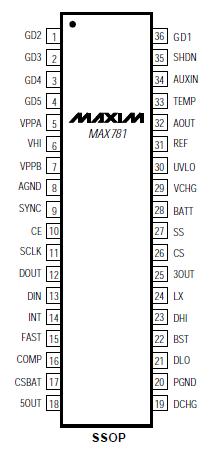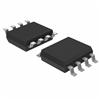MAX781: Features: ·+3.3V Step-Down Controller· Dual PCMCIA 2.0 Compatible VPP Outputs (0V/3.3V/5V/12V)·Digitally Adjustable Switching Current Source for Battery Charging·5 High-Side Switch Gate-Driver Outpu...
floor Price/Ceiling Price
- Part Number:
- MAX781
- Supply Ability:
- 5000
Price Break
- Qty
- 1~5000
- Unit Price
- Negotiable
- Processing time
- 15 Days
SeekIC Buyer Protection PLUS - newly updated for 2013!
- Escrow Protection.
- Guaranteed refunds.
- Secure payments.
- Learn more >>
Month Sales
268 Transactions
Payment Methods
All payment methods are secure and covered by SeekIC Buyer Protection PLUS.

 MAX781 Data Sheet
MAX781 Data Sheet







